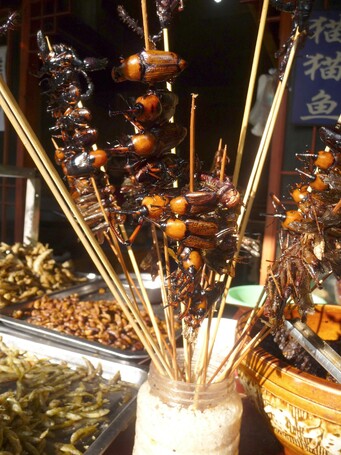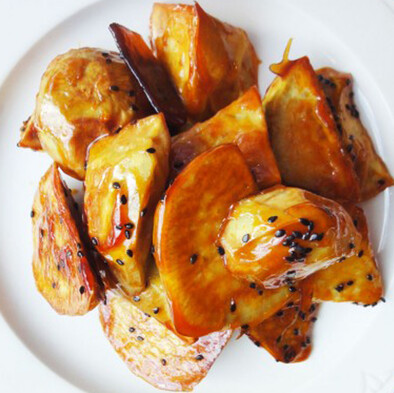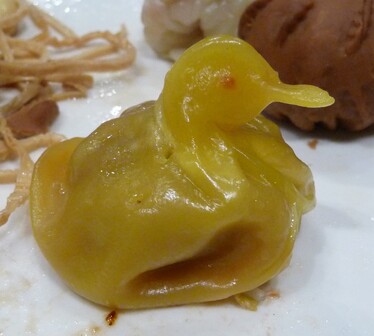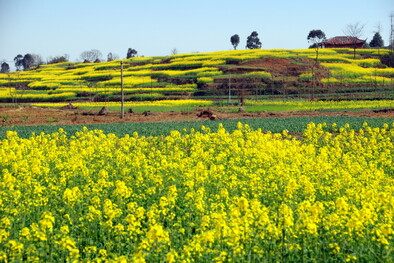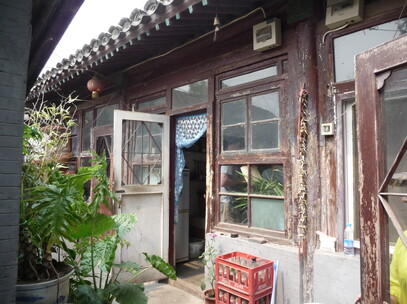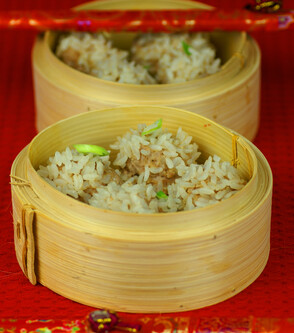Our three-plus week stint in China was primarily to experience the history and culture and enjoy the stunning scenery. But I was also keen to discover if there had been any distinct changes to the cuisine since my last visit and to try something new.
However, I wasn’t tempted to sample any of the insects offered at street vendor food stalls. I tried cricket once in Hong Kong and I’ve done huhu grub at the Wild Food Festival in Hokitika on New Zealand’s West Coast — and I’ve decided that I’m not really an insect person.
Over 20 years ago I attended two Chinese cooking schools in Hong Kong. The hands-on involvement enhanced my culinary understanding and also influenced my cooking over the years.
In those days, potato was not used in the classes. But now, just as Asian flavours have fused into our cooking, the western potato features on Chinese menus. Potatoes were served julienned in stews and we also enjoyed them sautéed in chunks and of course there were the chips, an obvious influence of the international fast food chains now established in the major cities. (McDonalds have opened 249 stores in China this year alone.)
One of the most unusual dishes — Matang — was sweet potato (kumara) that had been cut into chunks, deep-fried then tossed in toffee. It was served during the meal together with the usual 10 to 12 dishes packed onto the lazy Susan in the centre of the table. I discovered Matang is a popular street food in winter. I’ve perfected the recipe (see following) but if you would like to try a lower calorie version then steam the kumara chunks until just tender and pat dry before caramelising.
In Xi'an my husband and I were impressed with steamed dumplings shaped like the animals that had flavoured their fillings, such as duck, fish or chicken. Too difficult to replicate at home but the Pearl Balls (see recipe below) have been mastered.
We did sample ‘Chinese gooseberries’ (kiwifruit), and they weren't the small, round, hairy fruits I expected. Instead, they were about seven centimetres long and a tubular shape. We also discovered red-centred Chinese gooseberries that growers have been trying to develop in New Zealand. However, they were rather watery and tasteless.
Travelling the country I was surprised to see paddy fields glowing with bright yellow rape-seed flowers. Pressed rape seed produces canola oil and this, our guide swore, is the best oil for Chinese cooking. Multi-cropping is just one of the incentives the Chinese government has promoted to encourage famers back to their fields to improve self-sufficiency. That, and the building of new farm houses for their families.
It was pomegranate season and I was amazed at the thousands of trees around the Xian area laden with fruit, each pomegranate (also called Chinese apple) wrapped in cloth-like plastic to protect them from the birds.
I would have enjoyed visiting some of the top restaurants in the cities where Chinese chefs aspire to a more global presentation but the traditional family meals served our group were perhaps more representative.
We enjoyed home cooking at a local's house in Beijing.
STEAMED PEARL BALLS
6 tablespoons medium grain rice
500g lean minced pork
1 egg, lightly beaten
2 teaspoons soy sauce
1 teaspoon finely grated root ginger
1/4 cup diced canned water chestnuts
1 spring onion, diced.
Place the rice in a small bowl and cover with 1 cup of cold water. Soak for 2 hours. Drain and spread on a clean towel to dry.
Combine the pork, egg, soy sauce, root ginger, water chestnuts and spring onion in a bowl. Take heaped tablespoons of the mixture and roll into 3cm balls. Roll one ball at a time in the rice, pressing in lightly.
To cook, place a sheet of waxed or baking paper in a large steamer. Or use a large bamboo steamer that has been oiled on the base. Make a few holes in the paper. Arrange the pork balls on the paper. Cover and steam over boiling water for about 30 minutes.
Great served with a chilli dipping sauce. Serves 6-8 as part of a Chinese meal or 4 with stir-fried veggies.
MATANG - CARAMELISED SWEET POTATO
1 large yellow kumara
canola oil for deep frying
1/4 cup sugar
1 teaspoon black sesame seeds
Peel the kumara and cut into angled 3cm chunks by rolling the kumara as you cut it.
Heat enough oil for deep-frying in a wok or deep saucepan. Slowly add the kumara. Fry until golden on all sides. The kumara should be crisp on the outside and soft in the centre. You may need to reduce the heat as it cooks to prevent it burning.
Using a slotted spoon, remove the kumara to a paper towel to drain.
Place 1 tablespoon of canola oil in a medium-sized, non-stick frying pan. Swirl it around to cover the base. Heat gently. Pour in the sugar. Do not stir. Place over low heat until the sugar begins to melt. Move the pan around so the sugar caramelises evenly. Once golden, add the kumara. Turn the pieces until coated with the toffee. Lift out onto a sheet of baking paper. Sprinkle with the sesame seeds. Enjoy while hot. Serves 4.
